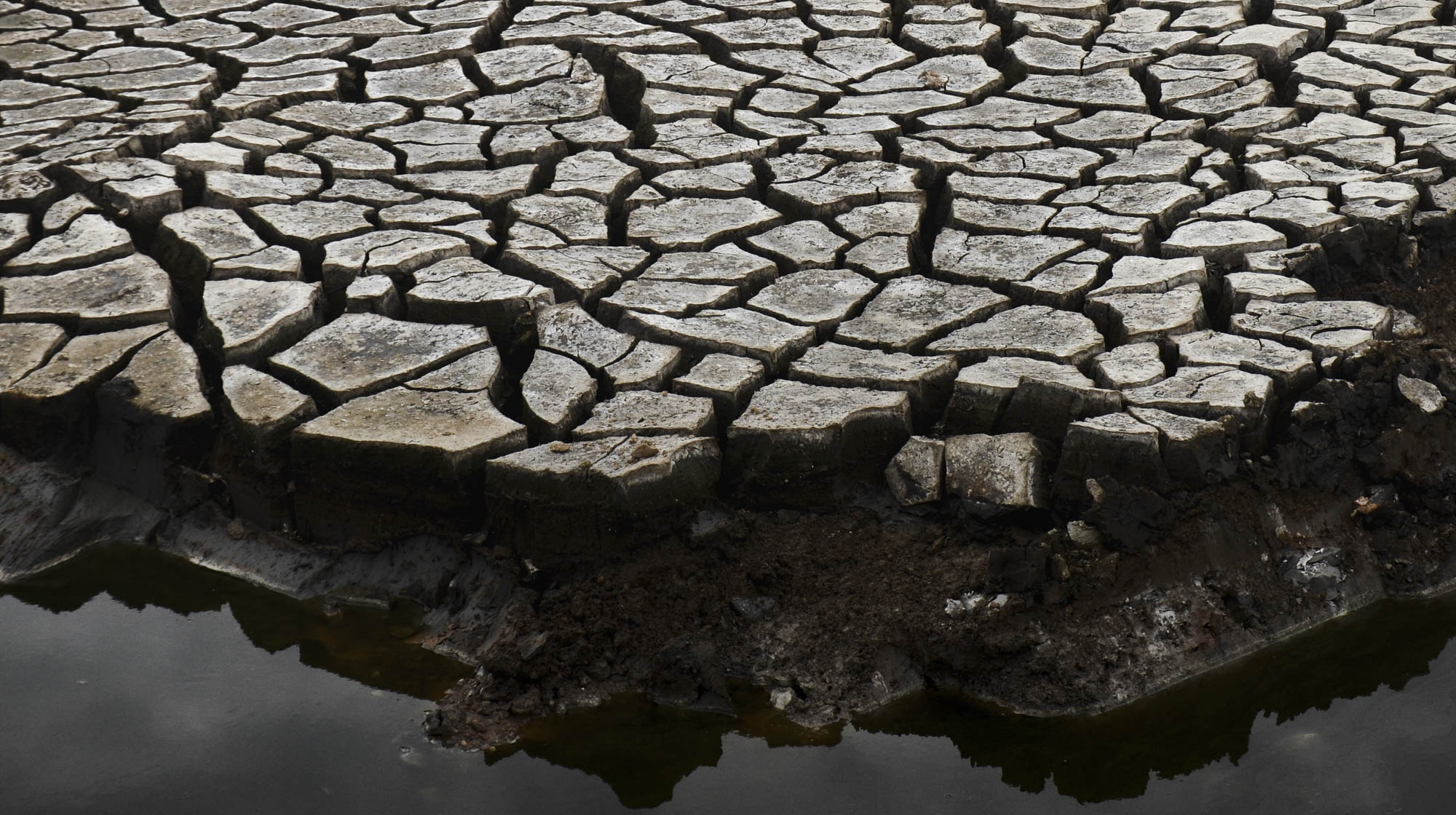
The researchers wrote that Chesapeake, Virginia Beach, Norfolk and Hampton are most at risk, along with Anne Arundel County in Maryland. The range included the minimum amount sea levels are expected to rise, the maximum, and both in combination with wetland loss. The team then simulated the storm surge those hurricanes would cause under future scenarios. They considered Dennis a weaker storm, with maximum winds of just over 100 mph, while Isabel’s ferocity brought in 167 mph gusts. The group used data from two storms that hit the region: Hurricane Dennis in 1999 and Hurricane Isabel in 2003. The Chesapeake Bay region has been studied less than say, the Gulf Coast, when it comes to hurricanes, Walls said. That changes the way storm surge will affect people and properties.įor the study, published recently in the Natural Hazards Review journal, researchers combined sea level rise and wetland loss, along with detailed property data to assess potential damages. In general, wetlands will slowly migrate inland, she said. Some land will be open water, some will turn marshier.

Sea level rise is going to change the landscape, Walls said.


 0 kommentar(er)
0 kommentar(er)
